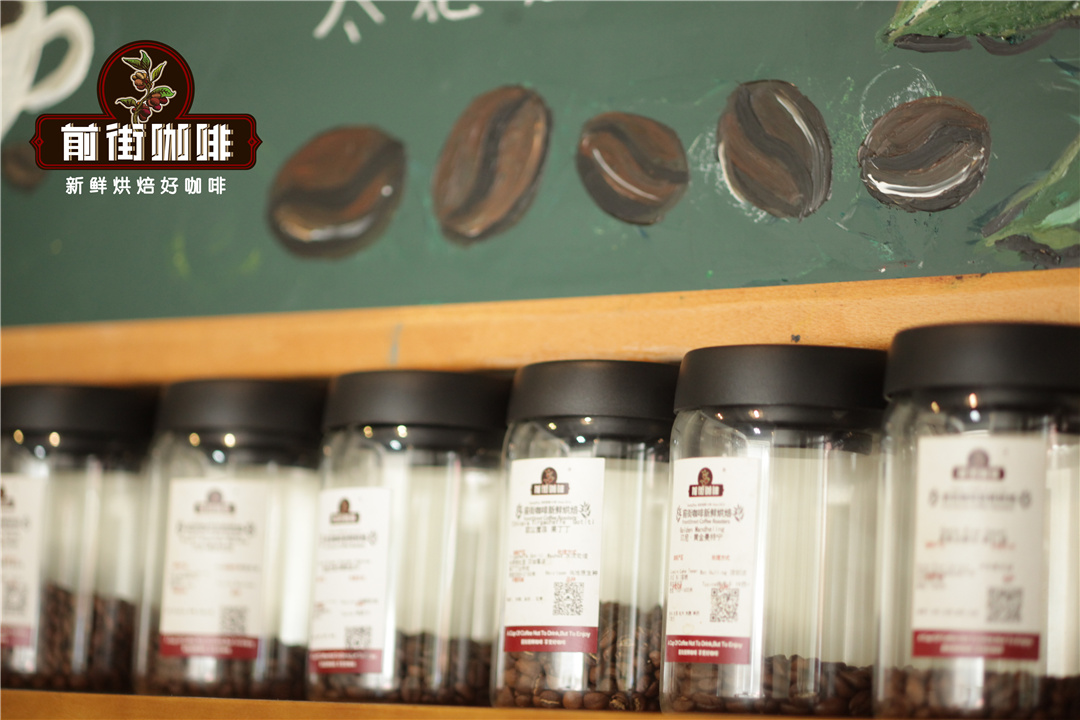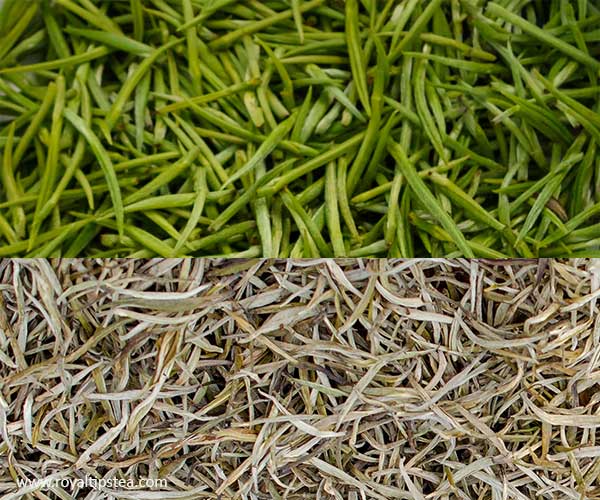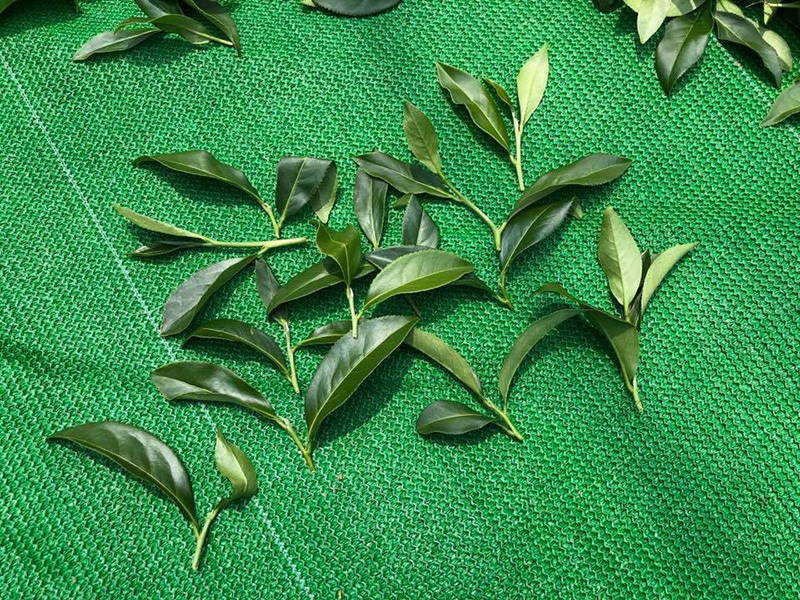What does climate change mean for the future of coffee? the hope of coffee F1 hybrid cars
Stamaya. Central America. H1。These are the names that those who take coffee seriously should know, as blended varieties may be the coffee of the future. Despite today's abundance of specialty coffee beans-familiar coffees include Arabica coffee from Ethiopia, Colombia, Guatemala and elsewhere-experts agree that the coffee landscape is fundamentally changing.
Climate change threatens to destroy the coffee industry's survival, bringing a real set of apocalyptic plagues: heat, drought, floods, pests and disease. As existing coffee varieties struggle in extreme weather, prices will rise while Arabica varieties dwindle.
Farmers are changing their technology now. Many people are adopting the more robust hybrids mentioned above. But if global carbon emissions are not significantly reduced, changes in U.S. coffee supply could lead to some poor harvests due to crashes.
Vulnerability of coffee supply chain
Coffee is an agricultural product that relies on a vast and complex network of players to bring flawless coffee beans to retail shelves every week. While about 64 percent of Americans drink coffee every day, few realize the fragility of their supply chain. Between 70 and 80 percent of global production depends on 25 million smallholder farmers working on five acres or less in Africa and Latin America. For the past decade, these farmers have struggled to make ends meet, many surviving on the margins of poverty.

How bad weather hurts small farmers
George Howell, a 30-year industry veteran baker at the Massachusetts namesake company, likened climate change to a top. "Unpredictability is creating turbulence," he said. "Imagine the damage caused by a sudden storm during harvest season or drought during rainy season." East Africa has traditionally been prone to extreme weather, but is otherwise considered the best choice for coffee cultivation. However, droughts and floods are getting worse. In late 2019 and early 2020, Kenya, Rwanda and Ethiopia faced a surge in rainfall caused by the Indian Ocean Dipole (IOD) weather system. Like the Indian Ocean version of El Niño in the Pacific, IOD can raise ocean temperatures to 3.6 degrees Fahrenheit (2 degrees Celsius).
Hybrid hope
Much of the coffee industry's hopes rest at the feet of F1 hybrids. These breeds are stronger in the face of extreme weather and disease. To save the industry, they must prove climate-resilient and economically viable for farmers while tasting delicious for consumers. Although farmers and breeders have been using hybrids (two distinct coffee varieties bred together) for more than 100 years, the use of first-generation (F1) hybrids tends to have higher performance and is still very new in coffee-they have been commercially grown for less than 10 years. The exciting F1 is Starmaya, a variety that can be shared among farmers in a cheaper seed form. Australia roasting company Single O has released a limited edition Starmaya coffee to prove its appeal to consumers, calling it "climate adaptable" and "future friendly."
Can adaptive farming, soil carbon sequestration and hybridization save coffee?
Unfortunately, there is no panacea for mitigating climate change. Every farmer must adapt their practices to knowledge, resources and endurance. Raul Perez is a fourth-generation coffee farmer in Acatenango, Guatemala. Coffee beans from his farm La Soledad often end up in the hands of America's best roasters, from George Howell Coffee to Intelligentsia.
Perez uses adaptive farming techniques to combat heat and drought. Shade trees keep coffee trees cool. Avoiding herbicides helps grass retain soil moisture and prevent erosion. Grafting Arabica coffee trees to the roots of Robusta coffee trees using techniques common in wine helps with drought and heat tolerance. He's still experimenting with hybrids, and the results are promising.
Important Notice :
前街咖啡 FrontStreet Coffee has moved to new addredd:
FrontStreet Coffee Address: 315,Donghua East Road,GuangZhou
Tel:020 38364473
- Prev

The influence of Tea Export Volume and Tea Market consumption on Tea Price in 2021 where can we know the price of tea?
With the news of the supply chain crisis, you may not be surprised to find that many of your favorite teas are out of stock. Fortunately, we have an optimistic forecast. For those who are interested in rumors about the tea supply chain, please read on. If you're just here for tea, have a cup of Dream, which we specially recommend this weekend.
- Next

The type of tea noodles: large noodle, medium noodle, small open face Phoenix single fir oolong taste, which is more fragrant, more resistant and delicious?
Everyone thinks that only new tea tastes good, and only the more tender the leaves are, the better the quality is. In fact, this is not the case. As we all know, all plants need to be mature enough to store enough nutrients to reach the peak of taste and aroma. It's like a tomato.
Related
- Beginners will see the "Coffee pull flower" guide!
- What is the difference between ice blog purified milk and ordinary milk coffee?
- Why is the Philippines the largest producer of crops in Liberia?
- For coffee extraction, should the fine powder be retained?
- How does extracted espresso fill pressed powder? How much strength does it take to press the powder?
- How to make jasmine cold extract coffee? Is the jasmine + latte good?
- Will this little toy really make the coffee taste better? How does Lily Drip affect coffee extraction?
- Will the action of slapping the filter cup also affect coffee extraction?
- What's the difference between powder-to-water ratio and powder-to-liquid ratio?
- What is the Ethiopian local species? What does it have to do with Heirloom native species?

